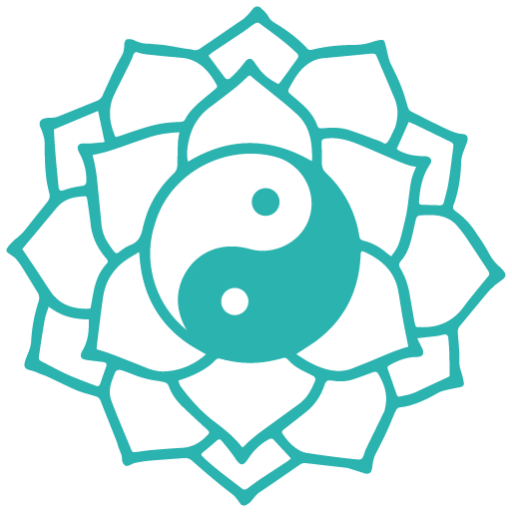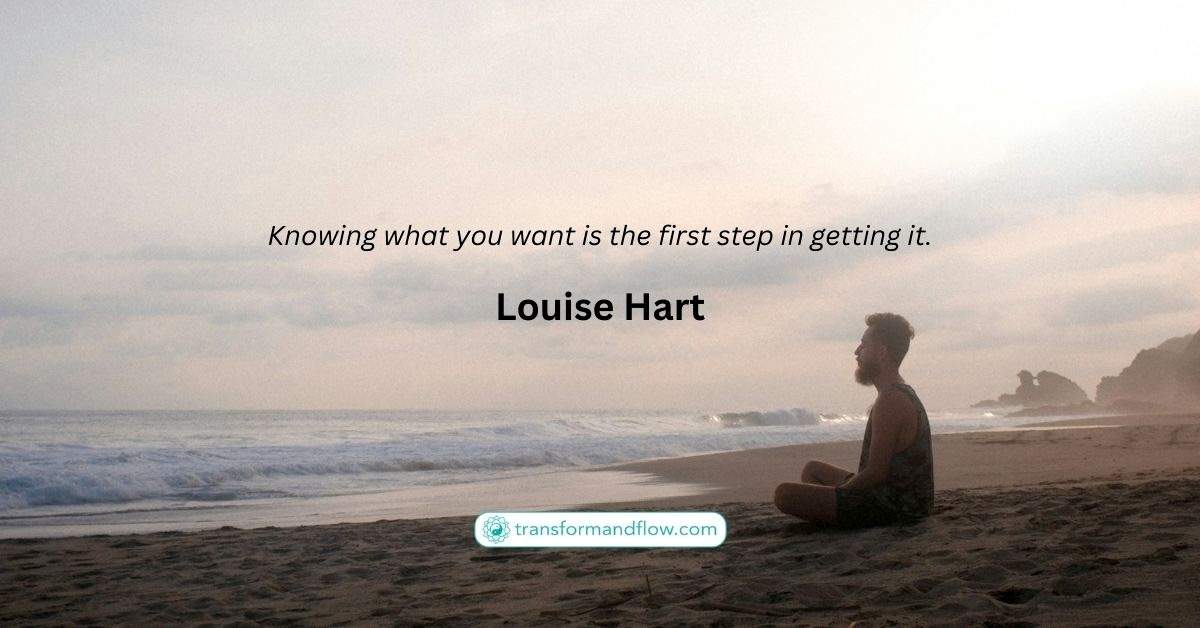Louise Hart’s timeless wisdom,
“Knowing what you want is the first step in getting it”
resonates with a profound truth about human endeavor. It’s not merely about having vague aspirations, but possessing a crystalline understanding of our deepest desires. This clarity acts as an internal compass, guiding us through the labyrinth of life’s choices. Without it, we risk wandering aimlessly, chasing fleeting whims or succumbing to external pressures. But how do we cultivate this clarity, and what are the insidious forces that can cloud our vision?
The Trinity of Clarity: Illuminating the Path Forward
Achieving clarity in decision-making is a multifaceted endeavor, requiring the cultivation of three essential aspects:
1. Introspective Self-Awareness: The Internal Calibrator
Self-awareness is the foundation of clear decision-making. It involves understanding one’s values, strengths, weaknesses, and desires. Without self-awareness, decisions may be driven by societal expectations or external influences rather than true personal goals.
The Misguided Navigator: The Story of Emma
Emma, a high-achieving lawyer, spent years pursuing a corporate career because she thought success meant wealth and prestige. However, she often felt unfulfilled and stressed. Only after a personal crisis did she realize she had never asked herself what truly made her happy.
Self-Practice: The “Values Audit”
Take some time to identify your core values. Write down a list of qualities that are most important to you (e.g., creativity, integrity, security, adventure). Then, prioritize them, ranking them in order of importance. Reflect on how your current choices align with these values. This practice can help you identify any discrepancies between your actions and your authentic desires.
Further Exploration:
These 20 Questions Can Help You Boost Your Self-Awareness – verywellmind
2. Analytical Critical Thinking: The Rational Decision-Making Filter
Critical thinking, the ability to analyze information objectively and evaluate options rationally, acts as a filter, separating our genuine desires from external pressures or fleeting impulses. It’s about questioning assumptions, seeking evidence, and making informed choices.
The Distorted Lens: The Tale of Daniel
Daniel, a talented musician, felt pressured by his peers and family to pursue a “stable” career in business. He convinced himself that music was merely a hobby, a whimsical pursuit. He suppressed his creative urges, choosing to follow a path that seemed logical and practical. However, he struggled to find fulfillment in his corporate job, constantly yearning for the creative expression he had abandoned. He lacked the critical thinking skills to challenge the societal narrative and validate his own artistic aspirations.
Self-Practice: The “Pros and Cons Matrix”
When faced with a significant decision, create a pros and cons matrix. List the potential benefits and drawbacks of each option. Assign a numerical value to each factor, considering its importance. This exercise can help you analyze your choices objectively and make informed decisions based on logic and reason.
Further Exploration:
To Improve Critical Thinking, Don’t Fall into the Urgency Trap – Harvard Business
The Foundation for Critical Thinking
3. Empathetic Emotional Intelligence: The Compass of Inner Harmony
Emotional intelligence, the ability to understand and manage our own emotions and empathize with others, acts as a compass for navigating complex interpersonal situations. It’s about making decisions that are not only aligned with our values but also considerate of the impact on our relationships.
The Misaligned Harmony: The Story of John
John was passionate about starting a business. However, his fear of failure led him to continuously second-guess himself. Each time he got close to launching his startup, he pulled back, convincing himself that it wasn’t the right time.
Self-Practice: The Test of Time
Before making a major decision, take a deep breath and assess your emotional state. Are you feeling anxious, fearful, or overly excited? If so, wait 24 hours before deciding to ensure emotions aren’t the primary driver of your choice.
Further Exploration:
Emotional Intelligence Test – Psycology Today
Yale Center for Emotional Intelligence (YCEI)
The Subconscious Shadow: Unmasking Hidden Influences
Our subconscious tendencies, shaped by past experiences, ingrained beliefs, and societal conditioning, can exert a powerful influence on our decisions, often without our conscious awareness. These hidden influences can cloud our clarity, leading us down paths that are not truly aligned with our desires.
A well-grounded perspective, free from these subconscious shadows, is essential for productive goal achievement. This requires a commitment to introspection, self-reflection, and a willingness to challenge our ingrained beliefs. Techniques like mindfulness, meditation, and therapy can help us become more aware of our subconscious patterns, allowing us to make more conscious and aligned choices.
When we are free from the influence of past traumas, limiting beliefs, and negative self-talk, we are able to see things as they truly are. This unbiased perspective allows us to make the best possible decisions for ourselves, leading to greater clarity and fulfillment.
The Power of Aligned Action: Transforming Clarity into Reality
Knowing what you want is not merely an intellectual exercise; it’s a catalyst for transformative action. When we possess a clear understanding of our desires, we are empowered to take purposeful steps toward our goals. This alignment between our inner compass and our outward actions creates a powerful synergy, propelling us forward with unwavering determination.
However, clarity without action is merely a dream. It’s essential to translate our insights into concrete steps, creating a roadmap that guides us toward our desired outcomes. This requires discipline, perseverance, and a willingness to embrace challenges as opportunities for growth.
Conclusion: The Journey of Self-Discovery and Aligned Action
Louise Hart’s profound statement reminds us that the journey to achieving our aspirations begins with a deep understanding of our desires. It’s about cultivating the trinity of clarity—introspective self-awareness, analytical critical thinking, and empathetic emotional intelligence.
Key takeaways:
- Cultivate Self-Awareness: Explore your values and motivations through introspection.
- Develop Critical Thinking: Analyze information objectively and make informed decisions.
- Enhance Emotional Intelligence: Ensures that choices are rational rather than impulsively driven by fear or excitement.
- Unmask Subconscious Influences: Challenge ingrained beliefs and patterns.
- Translate Clarity into Action: Create a roadmap and take purposeful steps towards your goals.
By embracing these principles, we can embark on a journey of self-discovery, transforming our aspirations into tangible realities.
The north star within, our unwavering clarity, will guide us toward a life of purpose, fulfillment, and meaningful achievement.


